
Eating Bugs: Let's Dig into It!
Robert W Malone MD, MS
Crickets are getting pushed by the UN/WEF as alternatives to farming - so lets pay attention!
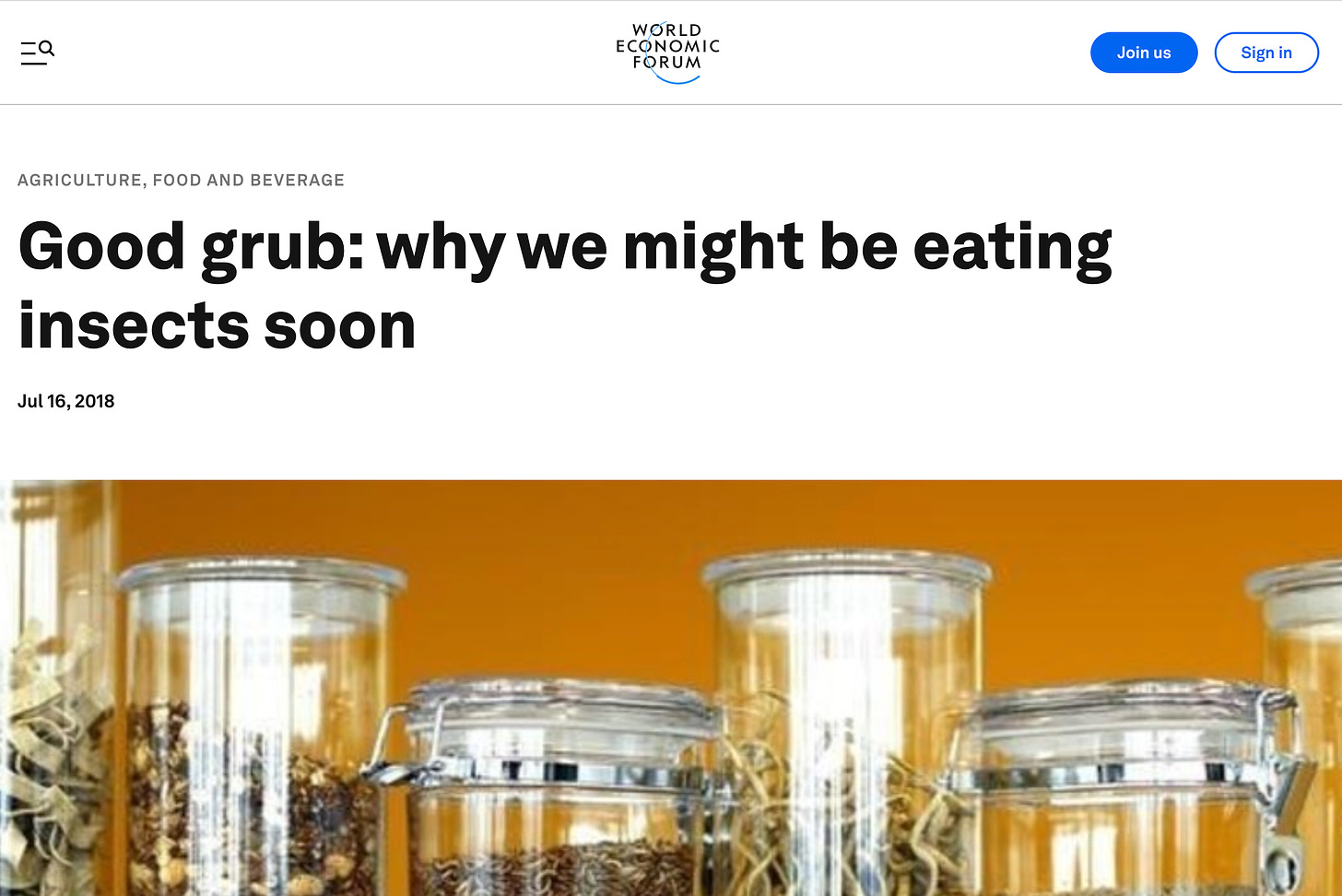
Yeh, eating bugs is a thing, and at the World Economic Forum, it is all about teaching the whys and wherefores of bug eating! After all, eating bugs is all about doing your part to “save the planet” right?
You know, the UN’s Agenda 2030 - which will cut 30% of .........
Yeh, eating bugs is a thing, and at the World Economic Forum, it is all about teaching the whys and wherefores of bug eating! After all, eating bugs is all about doing your part to “save the planet” right?
You know, the UN’s Agenda 2030 - which will cut 30% of land from farm production
So -that is an example of how the UN wants all of us to do our part in “saving the world”, and they believe eating bugs is a big part of it!
Whether we like it of not - it is happening. “Aspire Groups” is the main commercial driver (manufacturer) behind the push to use crickets as food in North America.
Aspire lists their main source of initial funding as the 1 million dollar “Hult Prize” in 2013. Now, it took a lot of digging to figure out who funds the Hult Prize - turns out it is funded by Bertil Hult and is “supported” (funded?) by the United Nations. So, there is your link - back to the UN and their strategic partner, the World Economic Forum.
Just take a gander at the “Aspire Group” and their new “manufacturing plant” for crickets. Yep - that it what it is being labelled as… by the Canadian Manufacturing trade group.
Language please! Crickets are insects - they are NOT manufactured. They are alive. We don’t “manufacture” chickens, cattle or people. Crickets aren’t a synthetic product. They are not an amalgamate and they aren’t assembled on an assembly line. They are living beings, not plastic!
Seems to me that Aspire is a cricket farm, not a cricket manufacturing plant. Honestly. How stupid do they think we are? By labelling crickets as a manufactured product, they hope we will forget our squeamishness.
“They” will be adding this food additive into everything from crackers to pet foods.
When a single facility can immediately begin producing 9000 tons (18 million pounds) of crickets a year and adding them to the food supply, we got trouble (and it isn’t only in River City).
Of course, cricket flour is now showing up in all sorts of foods
-
Cricket products sold at Amazon (a Walmart search yielded the same types of food items).
But more insidious than the food products labelled as by-products of crickets - are the products that are not labelled as such. Such as new junk food items coming to a store near you:
The text below is from an Aspire document. A couple of items stand out:
Crickets are used as an ingredient supplier (so, you won’t get a say in eating them - unless you read every food label VERY carefully). Cricket flour is their key product. Cricket flour can be put into almost anything.
The United Nations is front and center in this endeavor to have us eating bugs. Aspire foods and its computer AI project surrounding cricket growing is listed as one of the top ten outstanding projects to advance UN sustainable food goals - particularly, in NORTH AMERICA.
It is clear from all this that cricket flour is a new key ingredient that will be slipped into processed and ultra-processed foods. Hey, more protein, right?
The thing is - eating crickets should be a choice. That choice needs be assessed carefully, as this is yet another experiment on people. Yes, it is true that people all over the world eats bugs. But dried cricket flour used in ultra-processed foods has elements that may be different than eating a small amount of wild bugs.
Just because someone has a brilliant idea, supported by the WEF companies (such as the Blackrock fund) and advocated by both the Canadian government and the UN, does not necessarily make it a sustainable idea or even a safe idea.
Once land is taken out of agriculture, it doesn’t just magically reappear when you need it. What if this experiment with the western diet doesn’t work?
Farming Crickets.
The WEF believes that farmers will love that they can become factory workers instead of farm workers. Why? Because they won’t have to deal with animals, being outside or muck! God forbid - people have to go OUTSIDE! Now, we can end all that ugliness in the workplace by just eating bugs!
From the farmer’s point of view, raising insects is going to be radically different from raising sheep, pigs, or cattle. No more coping with mud, muck and filth. An end to shifting heavy sacks of feed. And forget about having to go outdoors in all weather to manhandle livestock. The requirement for investment in equipment will be different too. This will be farming on a much smaller scale, reducing the need for large and expensive machinery.
A lot of people may be allergic to eating crickets. In fact, that same group of people allergic to shellfish, may also be allergic to eating crickets. This will make putting cricket flour into everything a little more problematic. Now, my guess is that the AI “manufacturing processes” being developed for crickets, will be applied to other insects. So stay tuned for worms and who knows what else to soon be entering the scene.
The Research on Eating crickets and bugs is not that extensive. Probably because who knew that the UN, the WEF, and the Canadian government would make cricket farming such a high priority?
One of the biggest issues is that crickets have been shown to be carriers of various pathogens
One study found parasites in more than 81% of the insect farms. In 30% of those cases, those parasites found could potentially cause disease in humans
The experimental material comprised samples of live insects (imagines) from 300 household farms and pet stores, including 75 mealworm farms, 75 house cricket farms, 75 Madagascar hissing cockroach farms and 75 migrating locust farms. Parasites were detected in 244 (81.33%) out of 300 (100%) examined insect farms. In 206 (68.67%) of the cases, the identified parasites were pathogenic for insects only; in 106 (35.33%) cases, parasites were potentially parasitic for animals; and in 91 (30.33%) cases, parasites were potentially pathogenic for humans. Edible insects are an underestimated reservoir of human and animal parasites.
Other studies show evidence that the exoskeleton of crickets, composed of chitin may be carcinogenic and trigger the immune system.
Overall, scientists need to do more research to better understand the potential risks of eating insects such as crickets.
However, there is an excellent thread reader on the topic, and I suggest anyone interested in research on the subject, should follow this link.
Although Aspire foods, with financial contributions from the Canadian government set up their first “plant” in Canada, they are a US-based corporation. They were founded in Austin, Texas. According to Aspire, the UN sees cricket farming in North America as a top priority.
So, Texas- what do you think about cricket based foods coming to your state soon?
Conservative Party of Canada MP and leadership candidate Dr. Leslyn Lewis blasted the current cancel-culture crusade against red meat through pushing bugs as a source of food with this tweet.
Personally: I completely agree.
What do US politicians have to say about all of this?
…chirp…chirp…chirp.
Crickets.
Yeh, eating bugs is a thing, and at the World Economic Forum, it is all about teaching the whys and wherefores of bug eating! After all, eating bugs is all about doing your part to “save the planet” right?
You know, the UN’s Agenda 2030 - which will cut 30% of land from farm production
So -that is an example of how the UN wants all of us to do our part in “saving the world”, and they believe eating bugs is a big part of it!
Whether we like it of not - it is happening. “Aspire Groups” is the main commercial driver (manufacturer) behind the push to use crickets as food in North America.
Aspire lists their main source of initial funding as the 1 million dollar “Hult Prize” in 2013. Now, it took a lot of digging to figure out who funds the Hult Prize - turns out it is funded by Bertil Hult and is “supported” (funded?) by the United Nations. So, there is your link - back to the UN and their strategic partner, the World Economic Forum.
Just take a gander at the “Aspire Group” and their new “manufacturing plant” for crickets. Yep - that it what it is being labelled as… by the Canadian Manufacturing trade group.
Language please! Crickets are insects - they are NOT manufactured. They are alive. We don’t “manufacture” chickens, cattle or people. Crickets aren’t a synthetic product. They are not an amalgamate and they aren’t assembled on an assembly line. They are living beings, not plastic!
Seems to me that Aspire is a cricket farm, not a cricket manufacturing plant. Honestly. How stupid do they think we are? By labelling crickets as a manufactured product, they hope we will forget our squeamishness.
“They” will be adding this food additive into everything from crackers to pet foods.
When a single facility can immediately begin producing 9000 tons (18 million pounds) of crickets a year and adding them to the food supply, we got trouble (and it isn’t only in River City).
Of course, cricket flour is now showing up in all sorts of foods
Crickets are getting pushed by the UN/WEF as alternatives to farming - so lets pay attention!

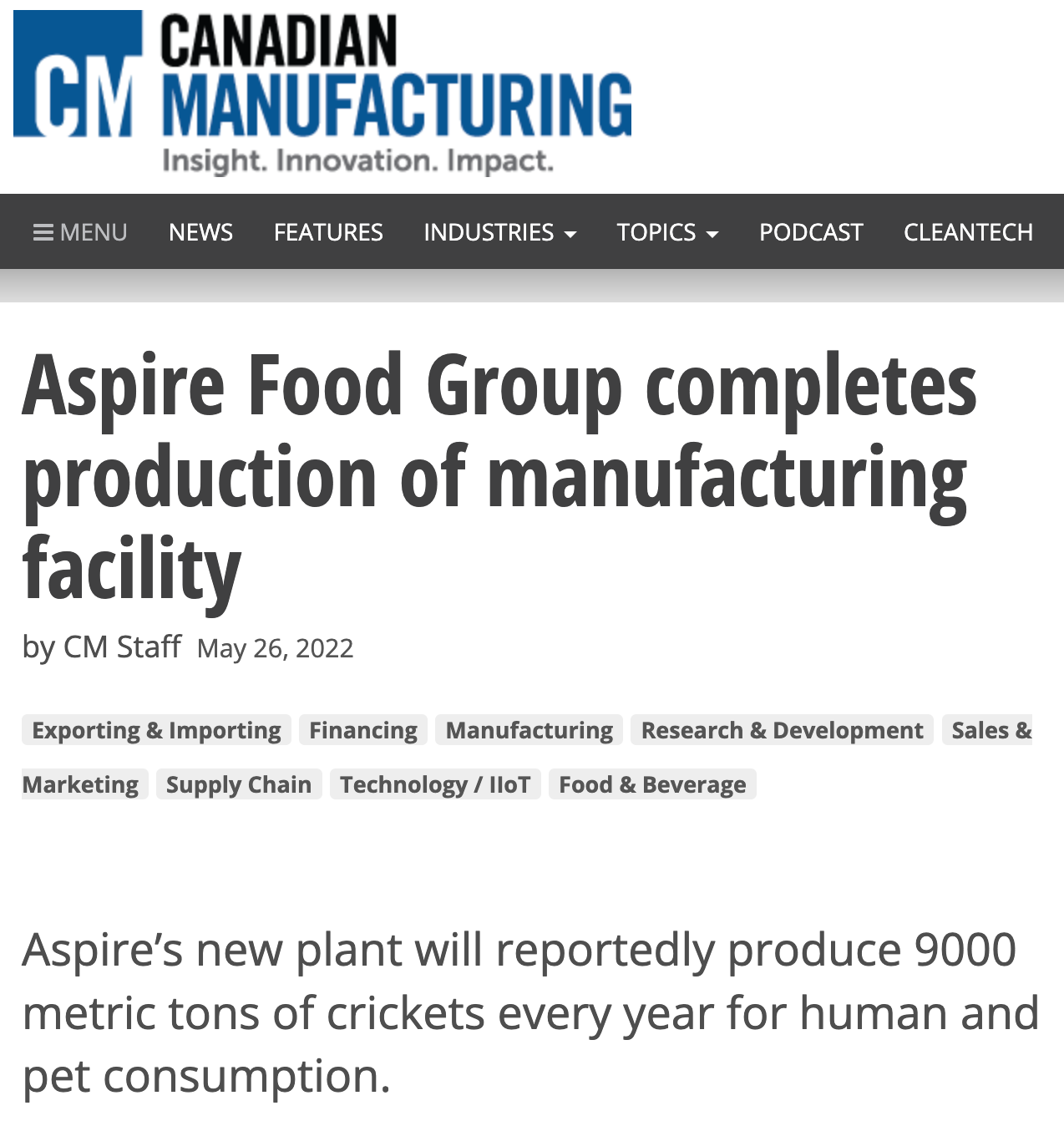


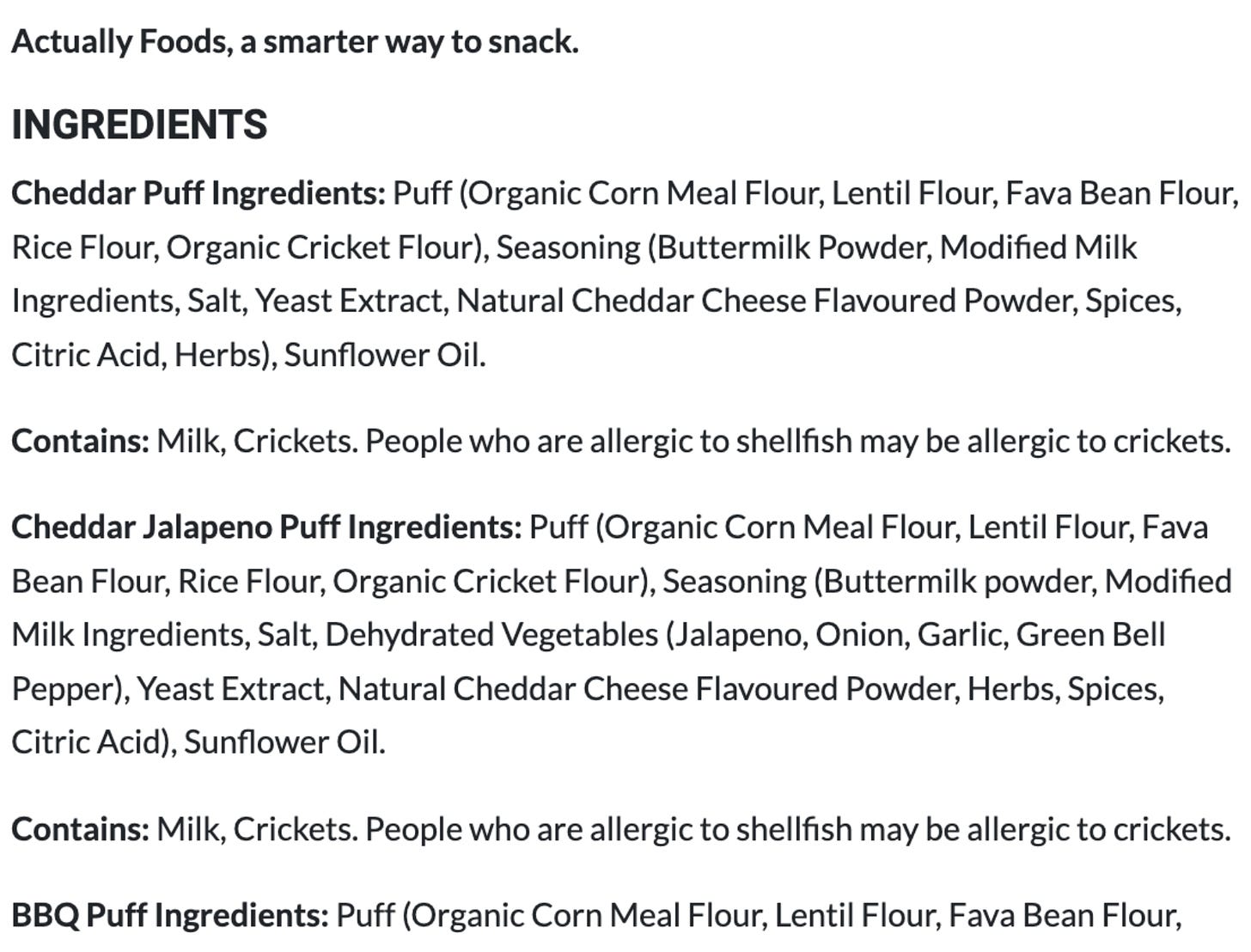
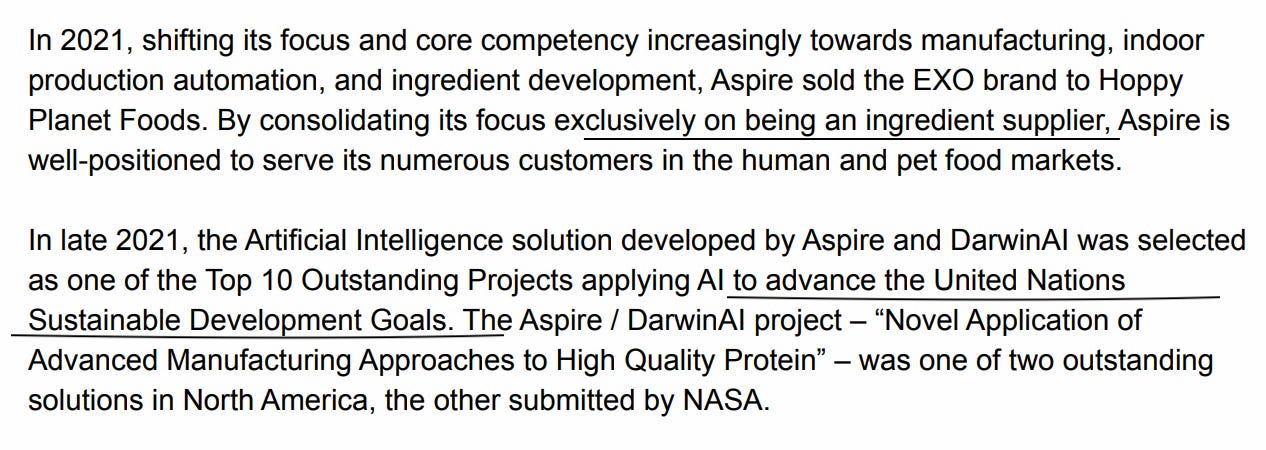
Allergies to Crickets.
Risks to eating crickets?
In the USA
What do other politicians in Canada think?
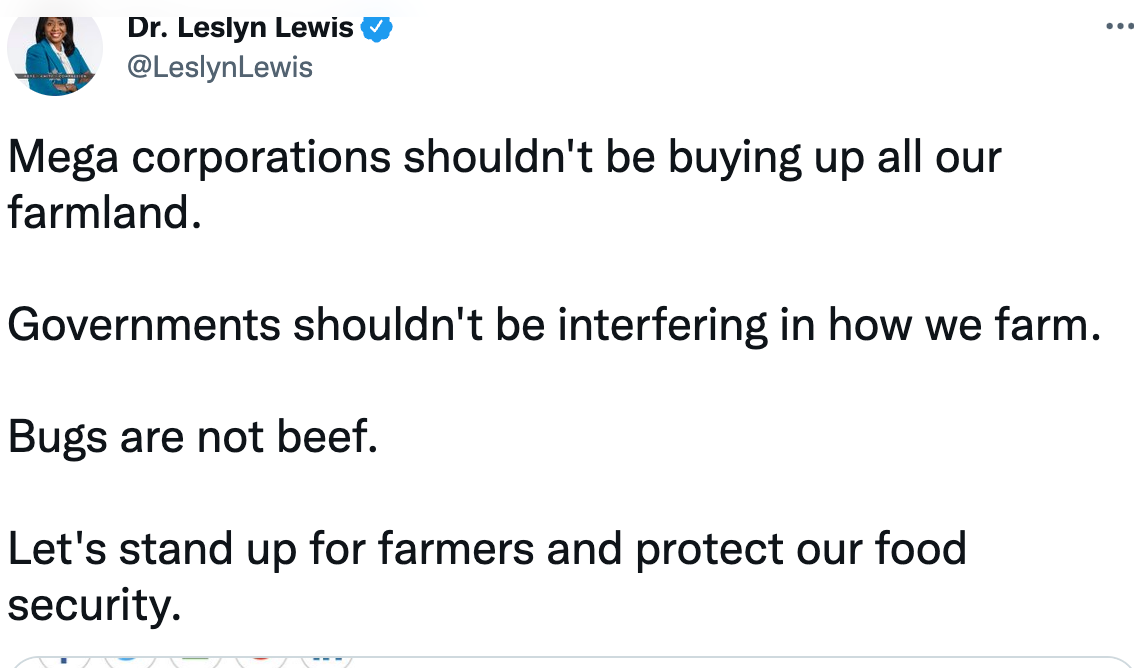

Share This Article...
Crickets are getting pushed by the UN/WEF as alternatives to farming - so lets pay attention!


